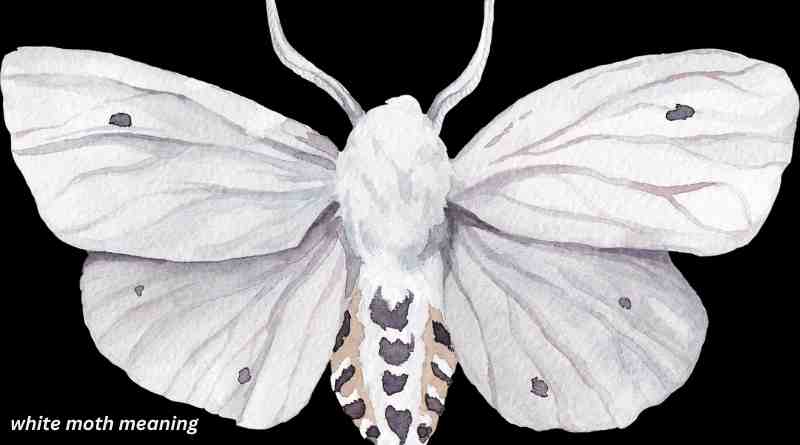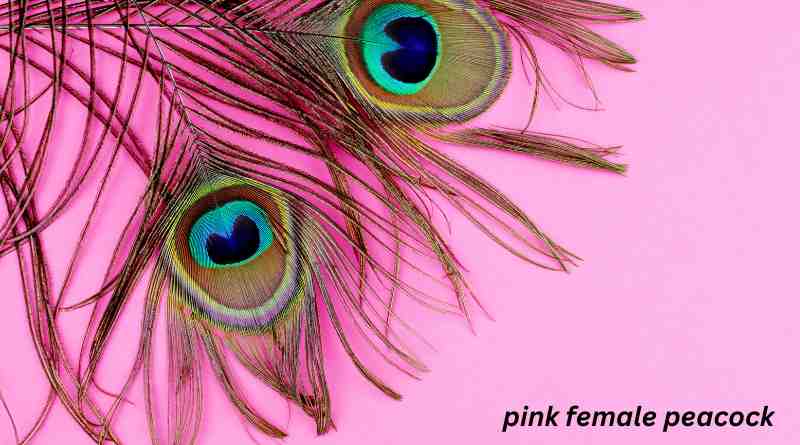White moths have fascinated cultures and individuals for centuries, evoking a range of emotions and interpretations. This article delves into the various meanings and symbolism associated with white moths, exploring their cultural significance, spiritual implications, and the unique attributes that set them apart in the world of insects.
The Physical Characteristics of White Moths
White moths, like other moth species, belong to the order Lepidoptera. Their distinguishing feature is their white or light-colored wings, which can sometimes exhibit subtle patterns and hues. The most common species include the White Ermine Moth (Spilosoma lubricipeda) and the Small White Moth (Pieris rapae). These moths are often nocturnal, attracted to light, and can be found in various environments ranging from gardens to woodlands.
The pristine appearance of white moths often leads them to be associated with purity, simplicity, and the ethereal. Their nocturnal nature and silent flight add an element of mystery and otherworldliness, contributing to their symbolic richness across different cultures.
Cultural Significance of White Moths
Western Cultural Perspectives
In Western cultures, white moths are often seen as symbols of transformation and change. This interpretation is largely influenced by the moth’s lifecycle, particularly its metamorphosis from a caterpillar into a moth. The white color adds an extra layer of meaning, symbolizing purity, new beginnings, and the shedding of old ways. In literature and folklore, white moths can be harbingers of change, signaling the end of one phase and the beginning of another.
Eastern Cultural Interpretations
In Eastern cultures, particularly in Japan and China, white moths are often viewed as spiritual beings. They are believed to be the souls of ancestors or deceased loved ones visiting the living. This belief underscores the deep connection between the natural and spiritual worlds in these cultures. Seeing a white moth is considered a positive omen, indicating that the spirits are watching over and protecting the living.
Native American Symbolism
Among Native American tribes, white moths hold a variety of meanings. Some tribes view them as symbols of death and rebirth, much like the Western perspective of transformation. The Hopi tribe, for example, sees the moth as a spiritual guide that aids in transitions between life stages. Other tribes might interpret the presence of a white moth as a sign of a message from the spirit world, urging the observer to pay attention to their surroundings and inner thoughts.
Spiritual and Mystical Significance
Messengers from the Spirit World
White moths are often perceived as messengers from the spirit world. Their silent, graceful flight and nocturnal activity make them seem like ethereal beings that traverse the realms of the living and the dead. This belief is prevalent in many spiritual practices and traditions, where white moths are seen as conduits for messages from deceased loved ones or spiritual guides.
Symbols of Transformation
The transformative journey of the moth from caterpillar to adult is a powerful metaphor for personal growth and spiritual evolution. The white moth, in particular, emphasizes the purity and clarity that can come from undergoing profound change. This symbolism can be particularly resonant during times of personal upheaval or significant life transitions, serving as a reminder that change, while challenging, can lead to renewal and new beginnings.
Guardians of the Night
In some spiritual beliefs, white moths are seen as protectors of the night. Their presence is thought to ward off negative energies and bring a sense of peace and calm. This protective symbolism can be comforting to those who encounter white moths, especially during moments of fear or uncertainty.
The White Moth in Dreams
Dream Interpretations
Dreaming of a white moth can carry various meanings depending on the context of the dream. Generally, seeing a white moth in a dream is associated with purity, transformation, and spiritual messages. It can signify that the dreamer is going through a period of personal growth or is being guided by spiritual forces. If the white moth appears in a serene setting, it might suggest peace and acceptance of change. Conversely, if the moth is distressed or in a chaotic environment, it could indicate inner turmoil or the need to address unresolved issues.
Personal Reflection and Insight
Interpreting the presence of a white moth in a dream requires introspection. The dreamer should consider their current life circumstances and emotional state. The white moth could be prompting the dreamer to embrace change, seek spiritual guidance, or let go of past burdens. Reflecting on the dream can provide valuable insights and encourage a deeper understanding of one’s spiritual journey.
White Moths in Art and Literature
Symbolic Representation
White moths have been a source of inspiration in art and literature, often symbolizing themes of transformation, purity, and the supernatural. In poetry and prose, they are sometimes depicted as delicate and ephemeral creatures that embody the fleeting nature
of life and beauty. Artists might use white moths to convey a sense of mystery, serenity, or otherworldliness in their work.
Examples in Literature
In literature, white moths have appeared in various contexts, often laden with symbolic weight. For instance, in Nathaniel Hawthorne’s “The Artist of the Beautiful,” a white moth represents the pinnacle of artistic achievement and the fleeting nature of beauty. The moth, delicate and transient, underscores the story’s themes of art, beauty, and the impermanence of life.
Similarly, in D.H. Lawrence’s poem “The White Moth,” the moth is depicted as a symbol of purity and innocence, fluttering in the night. The imagery evokes a sense of delicate beauty and the quiet presence of the supernatural.
White Moth Encounters: Personal Experiences and Anecdotes
Anecdotal Accounts
Many people report experiencing a profound sense of calm or spiritual connection when encountering a white moth. These personal anecdotes often highlight the moth’s ability to evoke deep emotional and spiritual responses. For example, some individuals might feel a sense of comfort and reassurance, interpreting the moth’s presence as a sign from a loved one who has passed away. Others might see the white moth as a reminder to embrace change and let go of past grievances.
Personal Reflection
Encounters with white moths can be deeply personal and reflective experiences. Observers might take these moments to contemplate their own lives, considering the changes they have undergone or need to embrace. The white moth serves as a gentle prompt for introspection and personal growth, encouraging individuals to find meaning in their experiences and to recognize the beauty in transformation.
Scientific Perspective on White Moths
Biological Significance
From a scientific standpoint, white moths play an important role in their ecosystems. They are pollinators, helping to sustain various plant species, and serve as prey for a range of predators, contributing to the biodiversity of their habitats. Studying white moths can also provide insights into broader ecological patterns and environmental changes, as moth populations can be indicators of ecosystem health.
Adaptations and Survival
White moths have evolved various adaptations to survive in their environments. Their coloration can serve as camouflage against predators when resting on light-colored surfaces such as birch trees or white flowers. Additionally, their nocturnal habits help them avoid daytime predators and take advantage of the cooler, calmer nighttime environment.
The Role of White Moths in Modern Culture
Symbolism in Popular Culture
In modern culture, the symbolism of white moths continues to be relevant. They appear in various forms of media, including movies, television shows, and art, often symbolizing mystery, transformation, and the supernatural. The white moth’s image is sometimes used in branding and design to evoke a sense of elegance, purity, and otherworldliness.
Conservation Efforts
The growing awareness of the importance of biodiversity has led to increased interest in the conservation of moths, including white moth species. Conservation efforts focus on preserving natural habitats, reducing pollution, and mitigating the impacts of climate change to ensure that moth populations can thrive. Educating the public about the ecological roles and symbolic meanings of white moths can also foster greater appreciation and support for their conservation.
Conclusion: Embracing the White Moth’s Message
The white moth, with its delicate beauty and rich symbolism, offers a multifaceted message that resonates across cultures and belief systems. Whether viewed as a symbol of transformation, a spiritual messenger, or a guardian of the night, the white moth invites us to reflect on our own lives and the changes we experience. By understanding and embracing the white moth’s meaning, we can find inspiration and guidance in its silent, ethereal presence.
Ultimately, the white moth’s significance lies in its ability to evoke a sense of wonder and introspection. It reminds us of the interconnectedness of life, the inevitability of change, and the potential for renewal and growth. As we encounter white moths in our lives, whether in dreams, art, or nature, we are invited to pause, reflect, and appreciate the profound beauty and mystery that they embody.
Read also: check










Leave a Reply